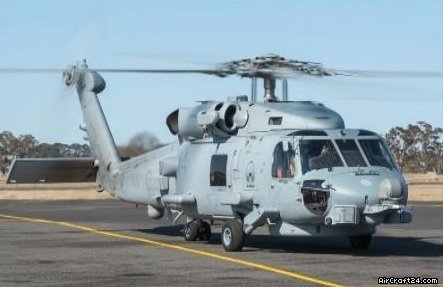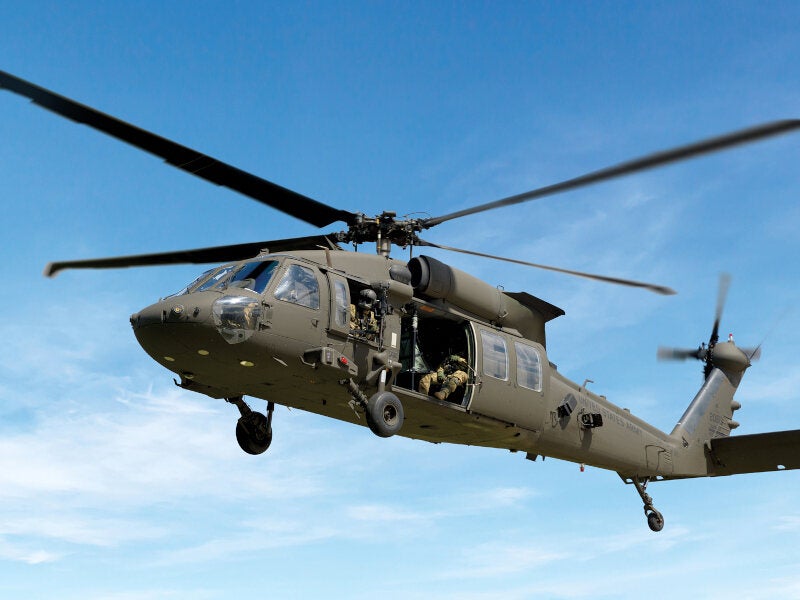High-Performance Multi-Role Rotorcraft Featuring Advanced Cockpit Technologies and Integrated Sensor Solutions
The realm of rotorcraft innovation has seen significant developments in current times, particularly in the world of high-performance multi-role rotorcraft outfitted with sophisticated cockpit innovations and effortlessly incorporated sensing unit systems. These advancements have not only boosted the operational abilities of rotorcraft however have actually additionally considerably impacted contemporary aviation operations on numerous fronts. From boosted mission convenience to improved functional effectiveness, the merging of advanced cabin modern technologies and incorporated sensing unit systems has actually introduced a new age of opportunities for rotorcraft applications. In the complying with conversation, we will certainly check out the evolution of rotorcraft technology, explore the realm of sophisticated cockpit developments, and take a look at the effects of incorporated sensing unit systems on the functional adaptability and effectiveness of modern-day rotorcraft.
Advancement of Rotorcraft Technology
The advancement of rotorcraft innovation has been noted by considerable improvements in the rules of aerodynamics, materials, and propulsion systems, shaping the capabilities and performance of contemporary rotorcraft. Furthermore, developments in propulsion systems, consisting of a lot more effective engines and innovative propulsion innovations, have actually allowed rotorcraft to attain higher altitudes, faster speeds, and higher hauls.
These advancements have not only changed the capabilities of rotorcraft however have likewise broadened their applications throughout different markets, including armed forces, industrial, and emergency situation services. The continuous evolution of rotorcraft innovation continues to drive innovation in the area, pushing the boundaries of what is feasible and forming the future of vertical trip.
Advanced Cockpit Innovations
Building upon the fundamental improvements in aerodynamics, products, and propulsion systems, the world of rotorcraft innovation currently shifts emphasis in the direction of introducing Advanced Cockpit Innovations. The combination of innovative technologies within the cockpit atmosphere plays an essential duty in improving the operational capacities, security, and performance of modern rotorcraft. sikorsky s 70. Advanced Cockpit Innovations incorporate a vast range of functions developed to provide pilots with improved situational recognition, streamlined data administration, and instinctive control user interfaces
Among the key improvements in cabin style is the execution of glass cabins, which change conventional analog determines with high-resolution screens. These electronic systems offer adjustable layouts, real-time information integration, and enhanced readability, enabling pilots to gain access to crucial details at a look. Advanced avionics systems, such as fly-by-wire controls and enhanced truth displays, are transforming exactly how pilots communicate with the airplane, permitting for precise control and boosted decision-making abilities.


Including advanced cockpit advancements not only boosts pilot efficiency yet also adds to overall goal effectiveness and safety and security in intricate operational environments. By leveraging state-of-the-art innovations within the cockpit, rotorcraft makers are setting new requirements for functional excellence and objective success.
Integrated Sensor Solutions
With the evolution of rotorcraft innovation, the integration of innovative Integrated Sensor Equipment has come to be vital in enhancing functional performance and security. These Integrated Sensor Solutions incorporate a wide selection of modern technologies that offer crucial data for various functions such as navigating, surveillance, targeting, and ecological monitoring. By effortlessly integrating sensors like radars, cameras, lidar, and infrared systems into rotorcraft, drivers can gain from improved situational understanding, boosted goal capacities, and reduced pilot work.
One key advantage of Integrated Sensing unit Solutions is their ability to gather real-time data and supply actionable insights to pilots and mission operators. For example, advanced radar systems can discover and track targets over fars away, enabling very early risk discovery and reliable feedback preparation. Additionally, incorporating infrared and electro-optical cameras allows her response rotorcraft to perform browse around this web-site reconnaissance and surveillance missions with precision and accuracy.
Fundamentally, the assimilation of cutting-edge sensor technologies right into rotorcraft not just boosts functional performance yet also contributes substantially to general objective success and team safety and security. As rotorcraft remain to progress, the function of Integrated Sensing unit Systems will definitely stay at the leading edge of technology in the aerospace market.
Functional Flexibility and Performance
Enhancing functional flexibility and effectiveness in rotorcraft is a natural development from the combination of sophisticated Integrated Sensor Systems. By leveraging the insights and information supplied by these cutting-edge sensor systems, rotorcraft can maximize their efficiency across different objectives and environments.
Functional adaptability encompasses the capacity of rotorcraft to adapt to various roles and situations efficiently. With sophisticated cabin modern technologies and incorporated sensing unit systems, rotorcraft can perfectly transition in between tasks such as search and rescue, medical emptying, surveillance, and extra. This adaptability enhances the rotorcraft's capacity to meet varied operational requirements without needing extensive reconfiguration.
Performance in rotorcraft operations is vital for making the most of goal efficiency and source application. Integrated sensing unit systems play a pivotal function in boosting functional efficiency by supplying real-time information on weather condition problems, terrain mapping, target tracking, and a lot more. This information enables pilots to make enlightened decisions swiftly, enhance flight courses, conserve fuel, and improve general mission efficiency.
Influence on Modern Aviation Workflow

Furthermore, the assimilation of advanced sensing units assists in enhanced mission planning and implementation, allowing rotorcraft to perform a wide variety of jobs with improved precision. From search and rescue procedures to aerial firefighting and police goals, the abilities of modern rotorcraft furnished with advanced cabin innovations and integrated sensor systems are unequaled.
Moreover, the effect of these developments prolongs past operational effectiveness to cost-effectiveness and sustainability. By maximizing flight paths, gas intake, and upkeep routines, high-performance rotorcraft outfitted with advanced cockpit innovations and sensors add to reducing operational costs and ecological impact, making them vital properties in modern aviation procedures.
Conclusion
To conclude, the high-performance multi-role rotorcraft with sophisticated cockpit innovations and incorporated sensor systems represents a considerable development in aeronautics innovation. These advancements improve functional adaptability and performance, ultimately impacting click this contemporary air travel operations in a favorable means. The assimilation of these innovative modern technologies allows for enhanced abilities and performance in various mission scenarios, showcasing the continued development of rotorcraft technology in the aviation sector.
The realm of rotorcraft technology has actually seen remarkable developments in current times, especially in the realm of high-performance multi-role rotorcraft equipped with sophisticated cabin technologies and flawlessly incorporated sensor systems. From improved objective adaptability to improved functional effectiveness, the convergence of sophisticated cockpit modern technologies and incorporated sensor systems has ushered in a brand-new era of opportunities for rotorcraft applications. In the adhering to conversation, we will certainly check out the evolution of rotorcraft technology, dive into the realm of sophisticated cabin developments, and analyze the effects of integrated sensor systems on the functional convenience and effectiveness of modern rotorcraft.
